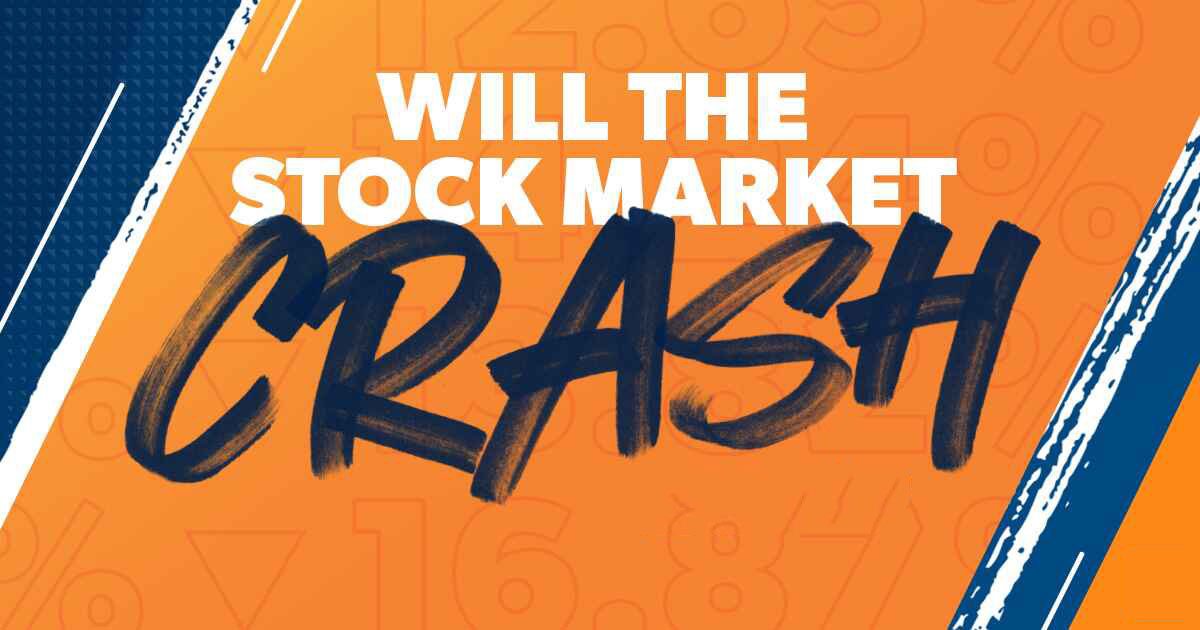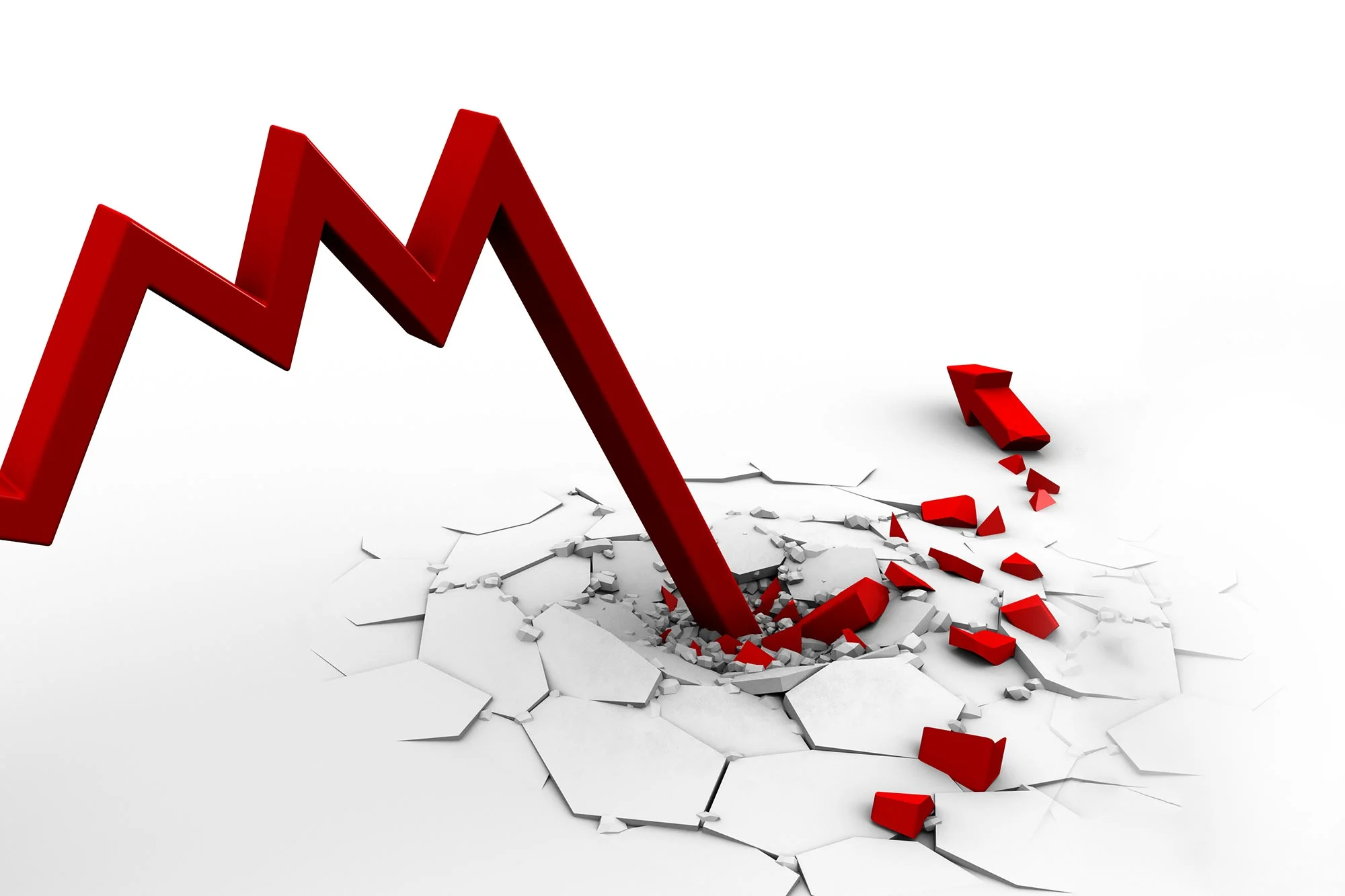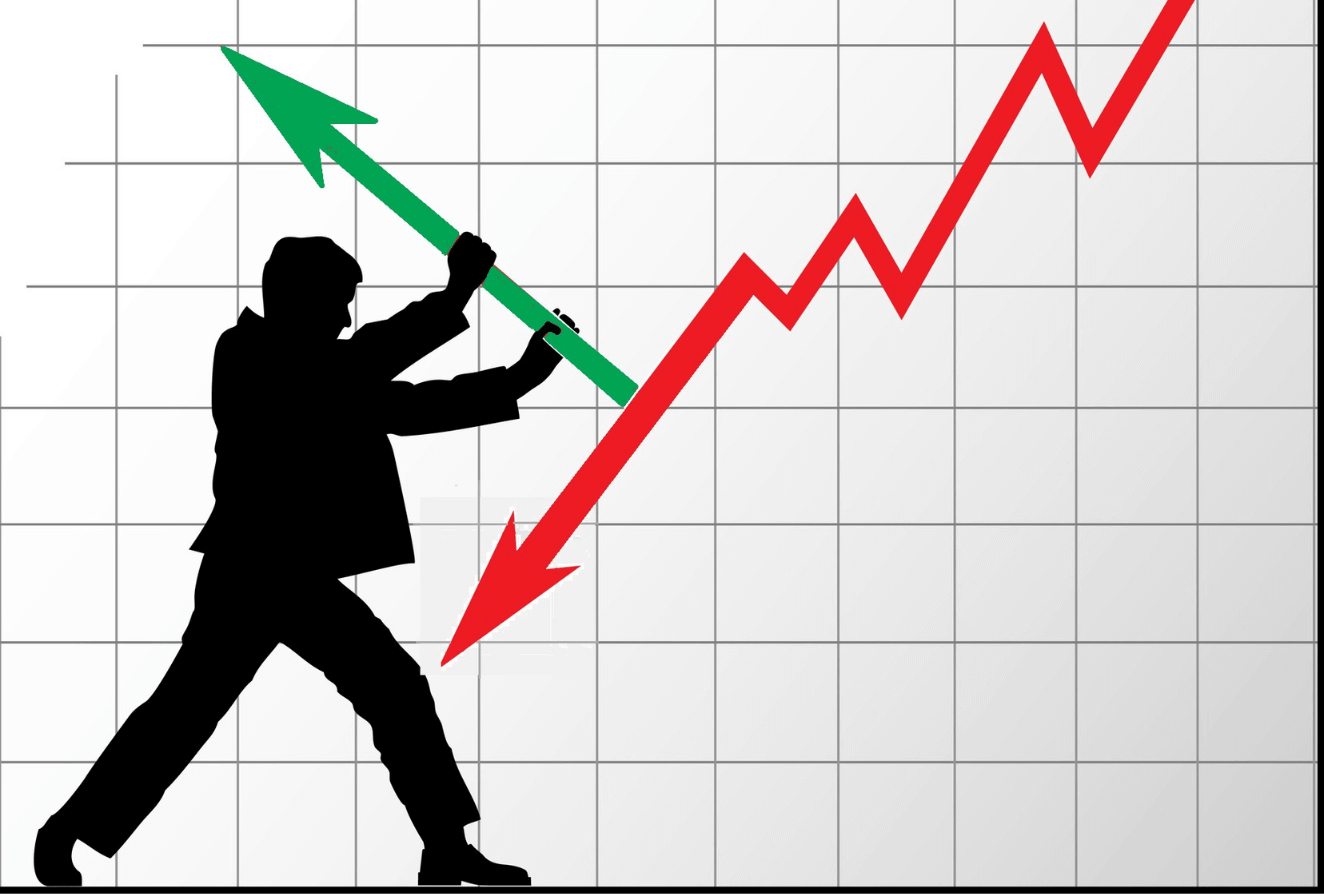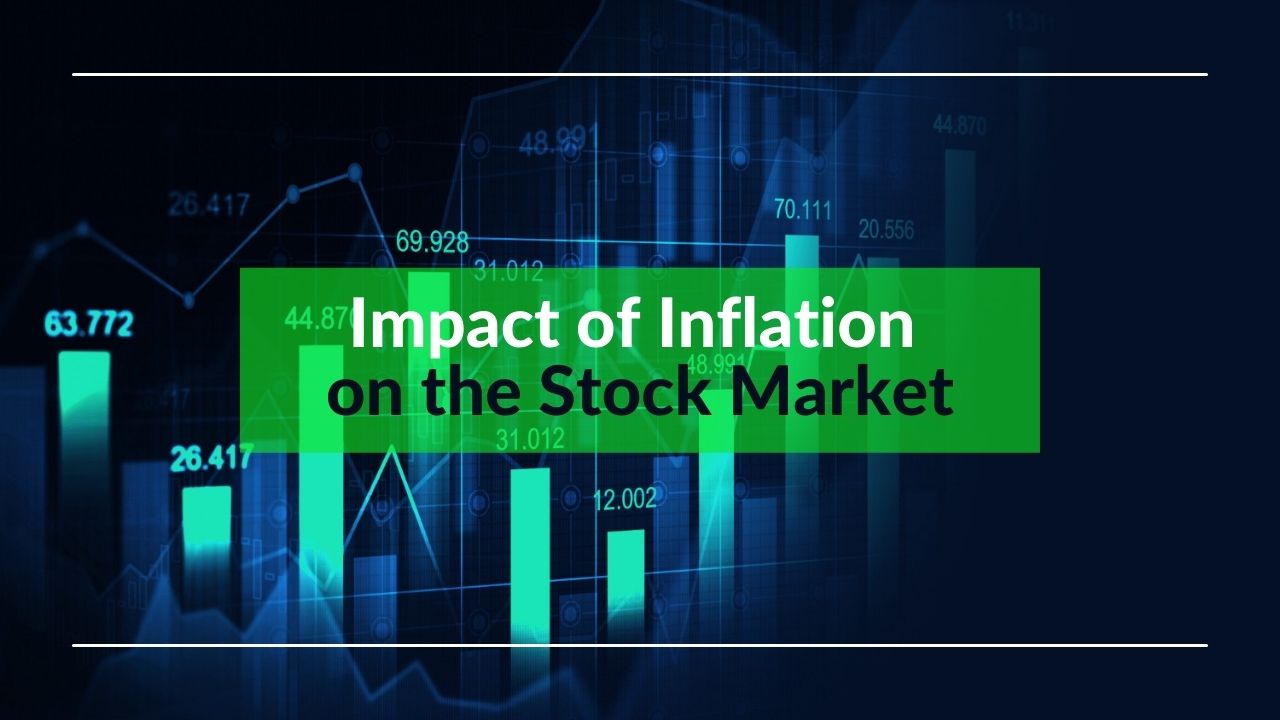Is there a stock market crash coming? It’s the question that can send chill waves down any investor’s spine. Look, no one has a crystal ball, but smart folks know signs can help predict market storms. Are you seeing the market dive more often? Maybe you’ve heard whispers of bear market growls. Understanding these signals is not just wise—it’s critical to protect your cash. I know the difference between a bad day and a full-on crash. Let’s talk about spotting the real red flags, so you can stay ahead. Are stocks too high right now? You’ll need the scoop on the value game. After all, when the numbers peak, they’re often poised to plummet. Keep reading, and I’ll unwrap these truths in plain speak. It’s about staying secure, even when the market shakes.
Understanding Stock Market Downturn Indicators
Identifying Bear Market Triggers
Bear market triggers are like flashing red lights. They warn us: trouble might be near. So what sets off these alarms? Big drops in stock prices over time, for starters. When stocks dive and stay down by 20% or more, we’re in bear territory. Other signs also paint a grim picture. These can include a weak economy, falling profits for companies, and people spending less. When we see these, it’s time to be careful.
Watching these triggers helps us get ready. We can protect our money with smart moves. That way, we can face a bear market with less fear. But it’s not just about bracing for the bad. We also need to know what stocks are really worth.
Evaluating Current Stock Valuation Metrics
To figure out if stocks cost too much, we look at stock valuation metrics. These are tools to measure a stock’s true value. They compare prices with how much money a company makes. And they look at how many shares people are buying.
Think about it like shopping for a used car. You wouldn’t pay brand-new prices for an old ride, right? It’s the same with stocks. When prices go sky-high but company earnings don’t, that’s a red flag. That could mean a market drop is on its way.
Some numbers help us spot if stocks are overvalued. We check ratios like price-to-earnings (P/E), for example. A high P/E might mean a stock costs more than it should. And when many stocks do this at once, it hints at a stock market bubble.
So, what if we see a bunch of these warnings? Does it mean a crash is coming? Not always. Sometimes it’s just a correction. This is when stock prices fall a bit, then bounce back. It cleans out the overpriced stuff. Corrections are normal and happen more often than crashes.
But a true crash? That’s when prices plummet and don’t come back fast. It’s scarier and causes more trouble. People lose a lot, and it can take a long while to heal.
We study past crashes to learn for today. Looking back, we see patterns, like too much debt or too much excitement in the market. These memories guide us in the ups and downs of investing. We can’t predict the future, but knowing history sure helps us guess better.
And remember, it’s not just about what you invest in, but how you spread out your investments. When we spread them out – that’s called portfolio diversification – we set up a safety net. It can catch us if one kind of investment falls hard.
Some people also turn to safe haven assets when trouble comes. These are like sturdy shelters in a financial storm. Assets like gold or government bonds often hold their ground when other investments shake.
Using both technical analysis and listening to the market mood, we get a clearer picture. This combo lets us see past the noise and look at the real signs. It’s like wearing glasses to see better. With them, we can spot a stock market plunge, figure out smart moves, and keep our investments safer.
Analyzing Economic Warning Signs and Market Trends
The Difference Between Market Correction and Crash
Let’s chat about when stocks dip a bit or plummet a lot. A market correction happens when stocks drop up to 10% from their high point. It’s like a pause or a breath for the market after a big run-up. Corrections are pretty common and can be a healthy part of the stock market’s ups and downs. Now, a crash is way more severe. Think of it as a correction’s big, bad cousin. A crash means stocks fall more than 10%, often in just a day or a few days. Crashes can be scary and point to serious trouble in the market.
Understanding the signs of each can help you stay calm and ready. Market corrections sort of “reset” stock prices. They set them right if they get too high. Crashes, though, can mean big-time worry. They often start when there’s bad news or panic in the air. People sell their stocks fast. Prices drop like a rock. When a crash hits, it can hurt the economy, too — jobs and businesses can be at risk.
Corporate Debt Levels and Market Overvaluation
Next up, let’s tackle two big things: company debt and stock prices that are too high. Companies sometimes borrow lots of money. It’s fine when times are good. But if they can’t pay it back, trouble brews. A bunch of debt can push a company to the edge when the market gets rough. And if many companies owe too much, it can be a sign of a crash coming.
Now, market overvaluation — that’s a fancy way to say stocks cost more than they’re worth. When everyone is super excited about stocks, prices can shoot up too high. We call that a bubble. And, just like a bubble you blow, it can pop. That pop can lead to a big drop in the market, fast.
Paying attention to these things can help you see trouble before it hits. It might look like a small issue at first. But it can grow into a bigger problem if not kept in check. So, keep an eye on these signals. By noticing them early, you can make smart moves. It might mean changing some of your investments or finding safer places for your money. This way, you’re more ready if a downturn hits.
Strategies for Investing During Market Volatility
The Role of Portfolio Diversification and Safe Haven Assets
When stocks shake and tumble, it’s like a storm in our pockets. Money we invest can go up, but it can also go down. Smart investing means not putting all your eggs in one basket. Think of your investments as a team of superheroes. Each has unique strengths. Some are fast, some are strong, and others are smart. If one hero falls, the others can keep fighting. This is being diverse in investing.
Still, there are safer places, like gold or government bonds. These are safe haven assets. When the stock market dives, these assets can do better. They’re like the strong wall that stands firm when the wind blows hard. They protect your money when other investments may not.
Diversifying your investments and holding safe assets are both key. This combo helps you stand your ground during market swings. Remember, when times get tough and stocks are dropping, having a mix can be your shield.
Adapting Your Asset Allocation Strategy
Think of your wealth as a pie. How you slice this pie is your asset allocation. Each slice can be stocks, bonds, or cash, among others. Now, not all pies are the same year-round. Sometimes, you need to change the slices as things change around us. Let’s say experts hint that stocks might fall. You may want smaller stock slices then. This way, if stocks do drop, your entire pie won’t shrink too much.
Asset allocation is not a one-time job. As things change in life or the world, like a new job or a surprise in the economy, we should rethink our slices. This makes sure our pie is always set right for what’s happening now.
Remember, life’s a bit like sea waves – it goes up and down. Like a smart captain changes the sails with the wind, we must tweak our pies with the times. This helps us sail smoothly, even in choppy waters.
So, let’s sum it up. First, spread your bets across different investments. Next, have some tangibles, like gold, for the tough times. Last, keep an eye on the world and change your slices as needed. If you do all three, you’ll be set to tackle those market flips with a steady hand.
Predicting and Mitigating Against Potential Crashes
Interpreting the Impact of Economic Cycles on the Market
Economic cycles are like seasons. They are periods of growth and downturns that affect stocks. Just as we can predict winter’s chill, we can spot signs of a market drop. Knowing where we stand in the market cycle is key. Are stocks soaring too high? Or are prices more down to earth? These clues help us guess what’s next for the market.
During growth times, the economy does well and stocks go up. But if growth is too fast, watch out. It might mean trouble is coming. We call this a stock market bubble. When bubbles burst, a crash might happen. To stay safe, we need to look at signs like big debts, high stock prices, and what the economy is doing. By looking at these hints, we can get ready before a crash hits.
Monitoring Financial Crisis Prediction and Market Sentiment Analysis
Predicting a financial crisis isn’t easy. But some tools can help us guess if one is near. Think of it like a weather forecast for money. One tool is market sentiment analysis. This checks how people feel about the market. Are investors scared or are they happy to take risks? This mood can push stocks up or down.
To use these tools, we need to study patterns like how many shares people trade. We also look at short selling, which happens when investors bet stocks will fall. If these things start to change fast, it might mean a crash is coming. Keeping an eye on these moves helps us plan ahead.
Watching what the Federal Reserve does is also smart. They control interest rates, which affect loans and spending. Their choices can swing the economy. If they make it cost more to borrow money, it might slow down spending. This can lead to stocks falling. So, it’s important to pay attention to their news.
To shield our money, diversifying our investments is a good move. This means spreading out where we put our cash. Think about not just putting all your eggs in one basket. We can put some in stocks, some in bonds, and maybe in stuff like gold that tends to hold its value. This mix can protect us when the market shakes.
Crashes are scary, but knowing these signs can make us ready. We can’t always stop a crash from coming. But we can do things to take less damage. It’s about being smart and watching the market closely. And if signs point to a drop, we can act to keep our money safer. That way, we don’t have to worry as much when rough times hit the market.
We dove deep into spotting signs of a stock market dip and what causes a bear market. We looked at how to tell if stocks are priced too high. Next, we learned to spot the red flags in the economy and the market, like the difference between a small drop and a big crash, plus the risk of high company debt.
Smart investing can help you when the market shakes. We talked about spreading out your investment eggs into different baskets and finding safe spots to put your money. Changing how much you put into different types of investments can also keep you steady.
Lastly, we checked out how to brace for a crash by understanding economic cycles and keeping tabs on financial health signals. To wrap it up, staying sharp and informed can help you make smart choices, even when the market is all over the place. Keep these strategies in mind, and you’re set to handle the ups and downs the market throws your way.
Q&A :
Is a stock market crash likely in the near future?
While no one can predict the market with absolute certainty, financial analysts often look at economic indicators such as inflation rates, interest rates, and geopolitical events to estimate the likelihood of a market downturn. It is important for investors to stay informed and consider diversifying their portfolios to mitigate potential risks.
What are the warning signs of a stock market crash?
Common warning signs that could signal a market crash include exceptionally high stock valuations, rapid increases in interest rates by central banks, significant economic slowdowns, excessive investor borrowing, and sharp declines in market leaders. Investors should pay attention to these indicators and adjust their investment strategies accordingly.
How can I protect my portfolio from a stock market crash?
To safeguard your investments, consider various strategies such as diversification across different asset classes, investing in stable dividend-paying stocks, setting up stop-loss orders to limit losses, rebalancing your portfolio regularly, and increasing your cash holdings. Additionally, financial planning with a focus on long-term goals can help weather market volatility.
What should investors do during a stock market crash?
During a stock market crash, it is crucial for investors to avoid panic-selling and to assess their investment horizon and risk tolerance. It may be wise to hold onto quality stocks that have good long-term prospects. Some investors see a crash as a buying opportunity for undervalued stocks, but caution and careful analysis are advised.
Can economic policies prevent a stock market crash?
Government and central bank policies, such as fiscal stimulus, interest rate adjustments, and regulatory changes, can influence market conditions and potentially prevent a crash or lessen its impact. However, the effectiveness of such policies depends on the timing and the specific economic challenges faced.






